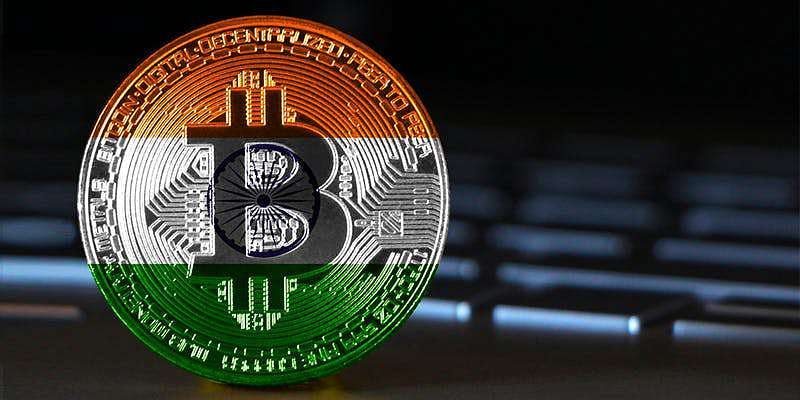The Finance Bill, which implements new taxation on digital asset transactions, was approved by the Lok Sabha on the 25th of March 2022. The bill proposes a 30% tax on capital gains derived from virtual digital assets. Once passed into law, a 1% TDS would be levied on all such transactions.
During the Lok Sabha debate on the Finance Bill, the Opposition claimed that the government is still sending mixed signals about virtual digital assets and that the definition of crypto should be clarified.
According to Ritesh Pandey, leader of the Bahujan Samaj Party (BSP), imposing a 1% TDS on blockchain transactions will impede the way this business is conducted.
With an example, Mr. Pandey explains how the tax will work. A user will purchase a cryptocurrency in the first transaction. They will then deposit it into a wallet. The user can purchase a non-fungible token (NFT) with his or her wallet balance.
At each of these three stages, the user will be charged a 1% TDS.
When a 1% TDS is imposed in three stages, it will lead to the creation of red-tapism. This will also bring an end to this asset class, which is still in its infancy the BSP’s leader stated.
Amitabh Bachchan has announced the launch of his NFT. In addition, if a user wishes to purchase an NFT of their favorite movie poster or a celebrity’s autograph, they must pay TDS three times the BSP leader stated in the Lok Sabha.
With a population of nearly 1.4 billion people, India is one of the world’s fastest-growing markets for cryptocurrency trading, however, the country has had a rocky relationship with virtual currencies. The Reserve Bank of India effectively banned cryptocurrency transactions in 2018, but the Supreme Court overturned the ban last year.













